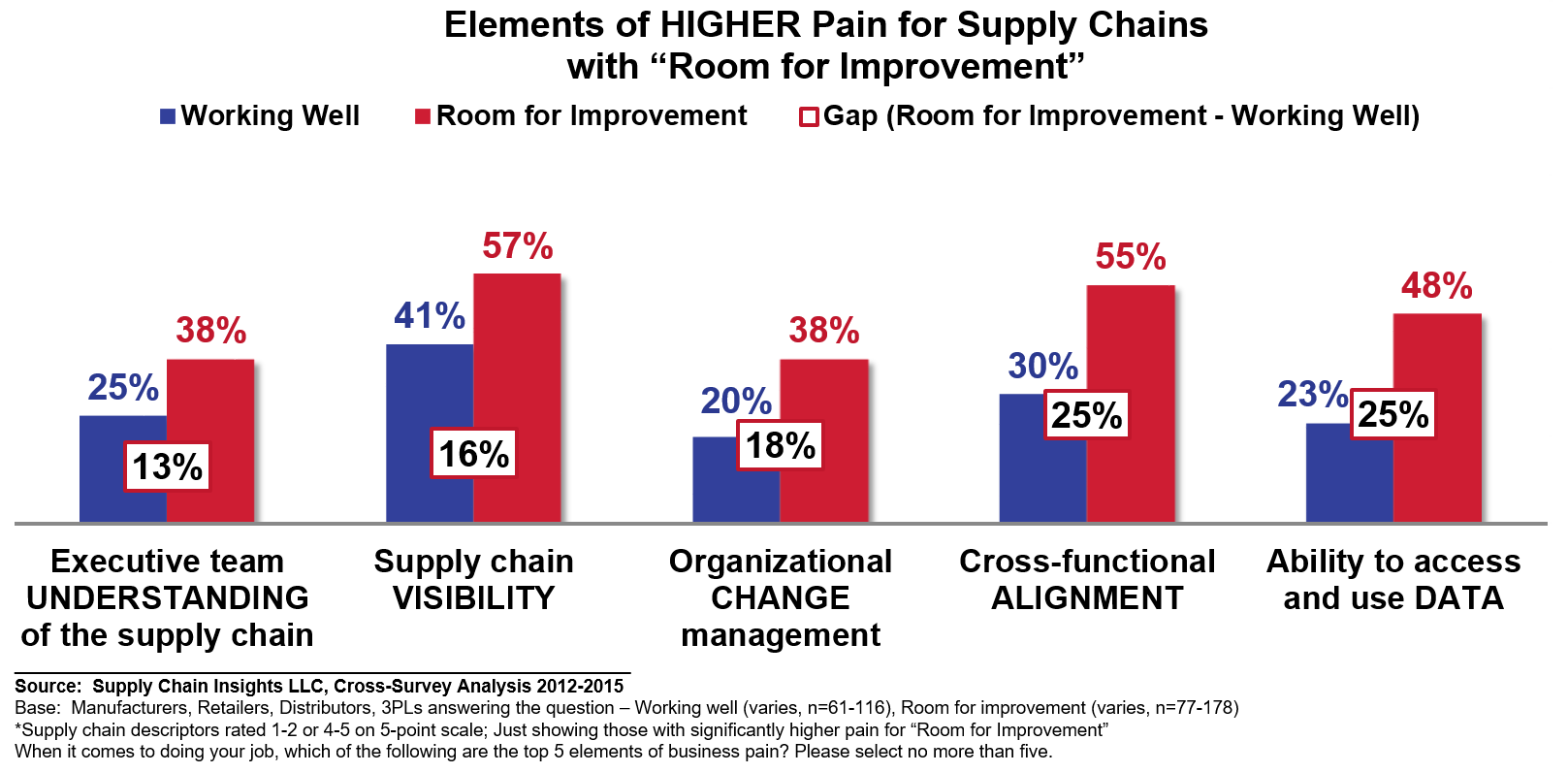The Elephant in the Room: Aligning the Executive Team for Change
“You cannot swim for new horizons until you have courage to lose sight of the shore.” ― William Faulkner. Lora Cecere considers how to align the executive team for change.
 Photobank gallery/Shutterstock.com
Photobank gallery/Shutterstock.com
Take a hard look at this lonely elephant. In my travels, in most corporations, this is the picture I see. My goal for this blog is to connect with you. We have an insular thinking problem in supply chain. What do I mean? Let me explain.
Each week, I travel and visit companies and speak at conferences to talk about the future of supply chain management. When I speak, my definition of supply chain is the process of aligning process flows from the customer’s customer to the supplier’s supplier. Many companies define supply chain more narrowly as a silo within operations focused on logistics or customer service. This limited view is a mistake.
There is also a false belief that efficient organizational silos make effective supply chains. In the automation of business processes, over the last decade, we automated the vertical silos of sales, marketing, customer service, logistics, manufacturing and procurement, but have not aligned to serve the customer. (The deployment of Customer Relationship Management (CRM), Enterprise Resource Planning (ERP), Advanced Planning (APS), Supplier Relationship (SRM), Warehouse Management (WMS), and Transportation Management (TMS) created efficient silos, but not effective cross-functional flows.)
Efficient silos are a barrier to driving value. As a result, only 10 per cent of manufacturing companies are making progress on a balanced portfolio of metrics including growth, operating margin, inventory turns and Return on Invested Capital. Why? Many business executives have a functional business leader mindset. The use of new technologies to build outside-in, and cross-functional processes requires the redefinition of business processes and architectures. It is more than a project or a single change management initiative. It also requires process innovation. This is difficult because most companies are on a forced march for Information Technology (IT) and process standardization. In this traditional journey, there is no room for process innovation.
Some Background
Last week, I spoke four times. The first was at a S&P 500 company contemplating a digital transformation. The second was at a cognitive computing conference. The third stop was a network design conference, and the fourth presentation was at an industry consortia. At each session, when I finished my speech, I asked for questions. The common question was, “I hear your message. I agree and believe that my organization is stuck in driving improvement and defining a balanced portfolio. How do I educate the executive team on the basics of supply chain and gain leadership support on defining a vision for the future of supply chain?”
This is a great question, but the answer is not simple. My recommendation is to take five steps
1. Force a Discussion on a Balanced Metrics Portfolio Against a Strategy.
Define the mission of the supply chain as a balanced portfolio based on balance sheet and income statement metrics. In the process, avoid supply chain speak. (Throw away your three and four letter acronyms and speak the language of business.)
2. Politely Question the Status Quo. If Only 10 Per Cent of Companies Are Making Progress, Do We Have Best Practices?
I like the quote by Faulkner at the start of this blog. “We cannot swim to new horizons if we hug the shore.” Self-fund process innovation to test new technologies and drive process innovation. This break through thinking happens with small and scrappy teams in the business. (These are groups of diverse people aligned to question the current state and improve an outcome against a business goal.) When you drive break through thinking, market the achievements using language of the balance sheet. By self-funding these initiatives, do not limit the boundaries of the testing by a fixed ROI. Test when you do not know the ROI.
3. Educate
Use network design technologies and discrete event simulation tools to help executives visualize the supply chain as a complex system with finite trade-offs. Through these discussions help them to understand what is possible and feasible.
4. Benchmark and Align the Goals to Business Potential
I often see teams set unrealistic goals. Use our recent Supply Chains to Admire report to understand what is possible by industry and use this to benchmark your current capabilities. Use the data to set realistic goals.
5. Build a Guiding Coalition for Change
In your efforts, of education, sharing and testing, build a guiding coalition for change. As shown in Figure 1, the issues of executive understanding and change management are large gaps when companies with supply chains working well are compared to those that struggle
